The dream of U.S. high-speed bullet trains isn't dead. But it may start in Texas.

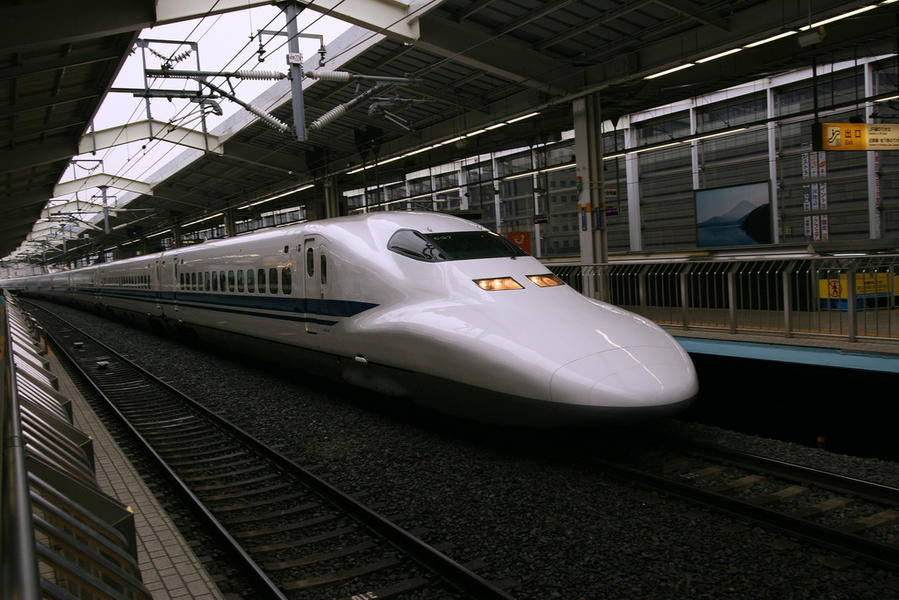
President Obama's plan for a network of high-speed passenger trains across the U.S. isn't going anywhere fast. After billions of dollars — and a 2010 trip to Tokyo by his first transportation secretary, Ray LaHood, to check out Japan's famously fast and safe bullet trains — there's not much to show except upgrades to existing Amtrak lines and a 520-mile bullet train line from Los Angeles to San Francisco progressing at a crawl and bogged down in court challenges.
There are also two other proposed, mostly privately financed high-speed rail projects: All-Aboard Florida, connecting Miami to Orlando, and the Texas Central High-Speed Railway, attempting to connect Dallas to Houston via a Japanese-made Shinkansen bullet train. The Florida line will likely be the first one completed, with the first leg projected to begin service in 2016, but it will hardly be a bullet train, traveling less than 100 miles per hour in some parts along repurposed freight lines.
The Texas route, if it gets enough capital, aims to be up and running (at 205 mph) in 2021, The Texas Tribune says, a full eight years before the L.A. to San Francisco line. "At first blush, Texas may not seem like the ideal place in the U.S. to debut high-speed rail," The Texas Tribune's Aman Batheja and Stephen J. Smith note dryly, but the project actually has a lot going for it: The area between hugely populous Houston and Dallas is flat and sparsely populated, the cities are an ideal distance apart, and as long as there's no public funding involved, Texas officials are pretty supportive.
The Week
Escape your echo chamber. Get the facts behind the news, plus analysis from multiple perspectives.

Sign up for The Week's Free Newsletters
From our morning news briefing to a weekly Good News Newsletter, get the best of The Week delivered directly to your inbox.
From our morning news briefing to a weekly Good News Newsletter, get the best of The Week delivered directly to your inbox.
"This could be the turning point" for high-speed rail, in Texas and nationwide, Texas Rail Advocates president Peter LeCody tells The Texas Tribune. "If you can show a return on your investment, I think people will be more open-minded." Ray LaHood appears to agree, if generally. "Once something gets built, then we're going to see more projects get going," he told The New York Times. And that something may very well get built in, of all places, Texas.
A free daily email with the biggest news stories of the day – and the best features from TheWeek.com
Peter has worked as a news and culture writer and editor at The Week since the site's launch in 2008. He covers politics, world affairs, religion and cultural currents. His journalism career began as a copy editor at a financial newswire and has included editorial positions at The New York Times Magazine, Facts on File, and Oregon State University.
-
 The ‘eclipse of the century’ is coming in 2027
The ‘eclipse of the century’ is coming in 2027Under the radar It will last for over 6 minutes
-
 Striking homes with indoor pools
Striking homes with indoor poolsFeature Featuring a Queen Anne mansion near Chicago and mid-century modern masterpiece in Washington
-
 Why are federal and local authorities feuding over investigating ICE?
Why are federal and local authorities feuding over investigating ICE?TODAY’S BIG QUESTION Minneapolis has become ground zero for a growing battle over jurisdictional authority
-
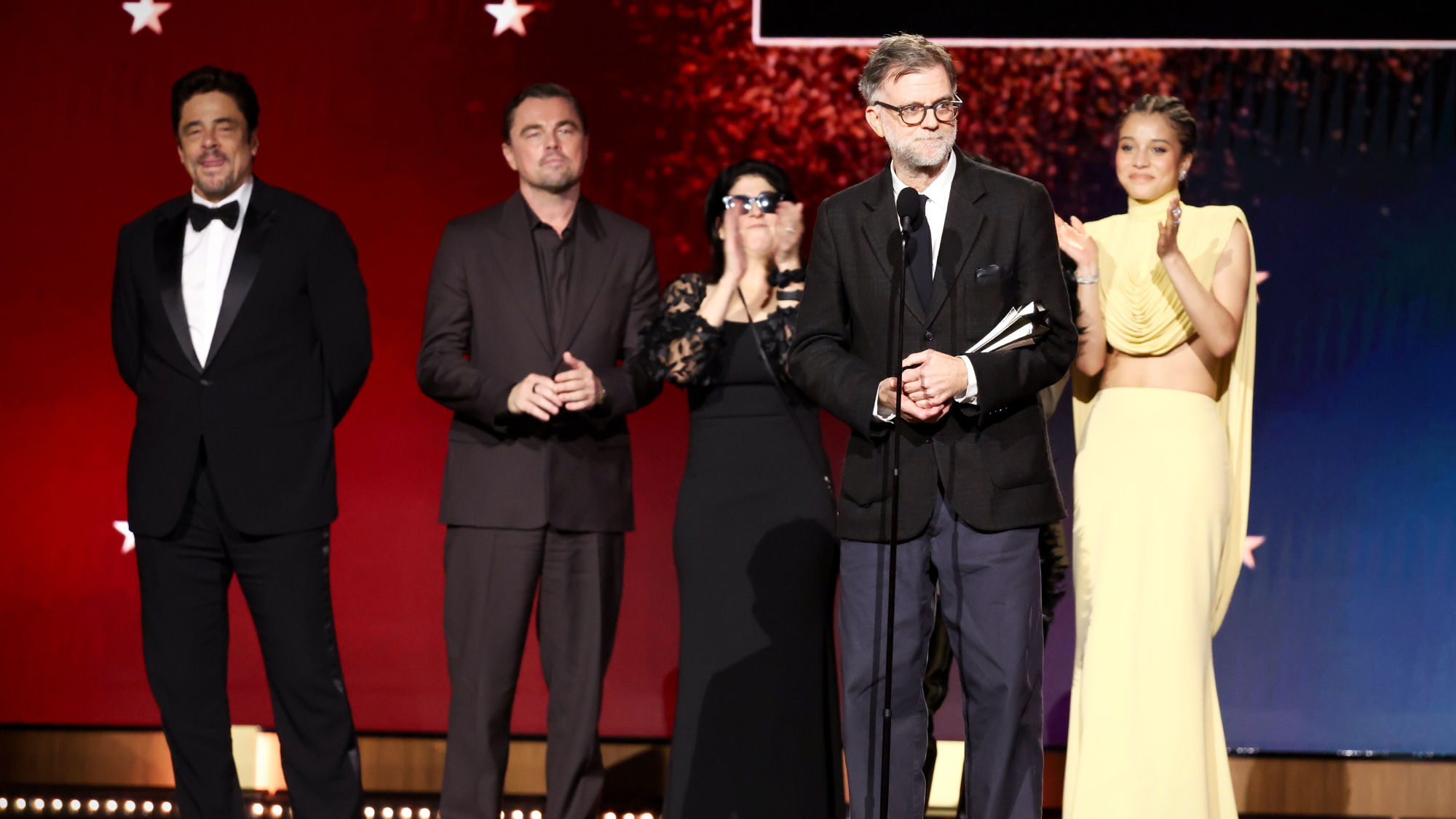 ‘One Battle After Another’ wins Critics Choice honors
‘One Battle After Another’ wins Critics Choice honorsSpeed Read Paul Thomas Anderson’s latest film, which stars Leonardo DiCaprio, won best picture at the 31st Critics Choice Awards
-
 Son arrested over killing of Rob and Michele Reiner
Son arrested over killing of Rob and Michele ReinerSpeed Read Nick, the 32-year-old son of Hollywood director Rob Reiner, has been booked for the murder of his parents
-
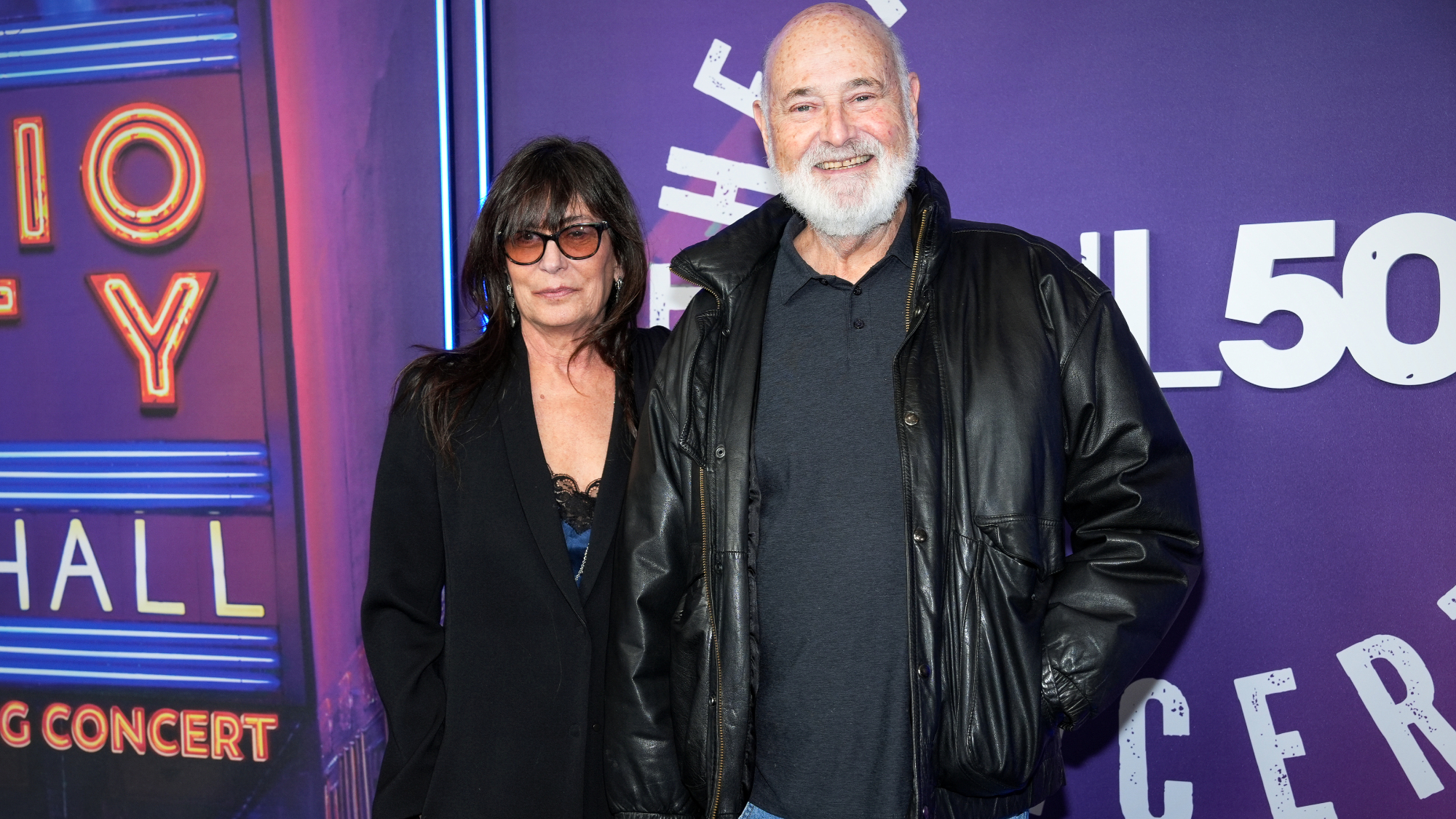 Rob Reiner, wife dead in ‘apparent homicide’
Rob Reiner, wife dead in ‘apparent homicide’speed read The Reiners, found in their Los Angeles home, ‘had injuries consistent with being stabbed’
-
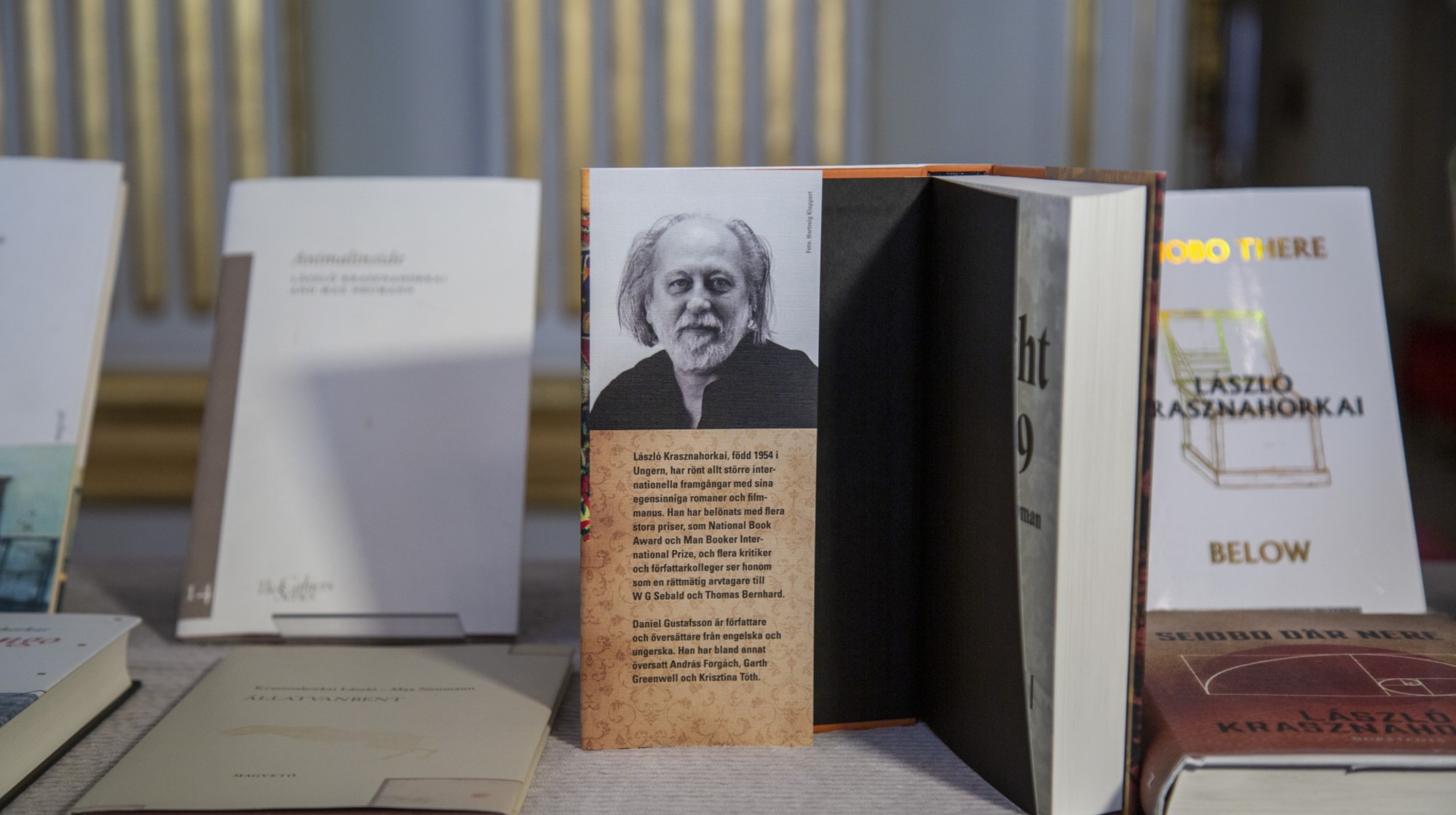 Hungary’s Krasznahorkai wins Nobel for literature
Hungary’s Krasznahorkai wins Nobel for literatureSpeed Read László Krasznahorkai is the author of acclaimed novels like ‘The Melancholy of Resistance’ and ‘Satantango’
-
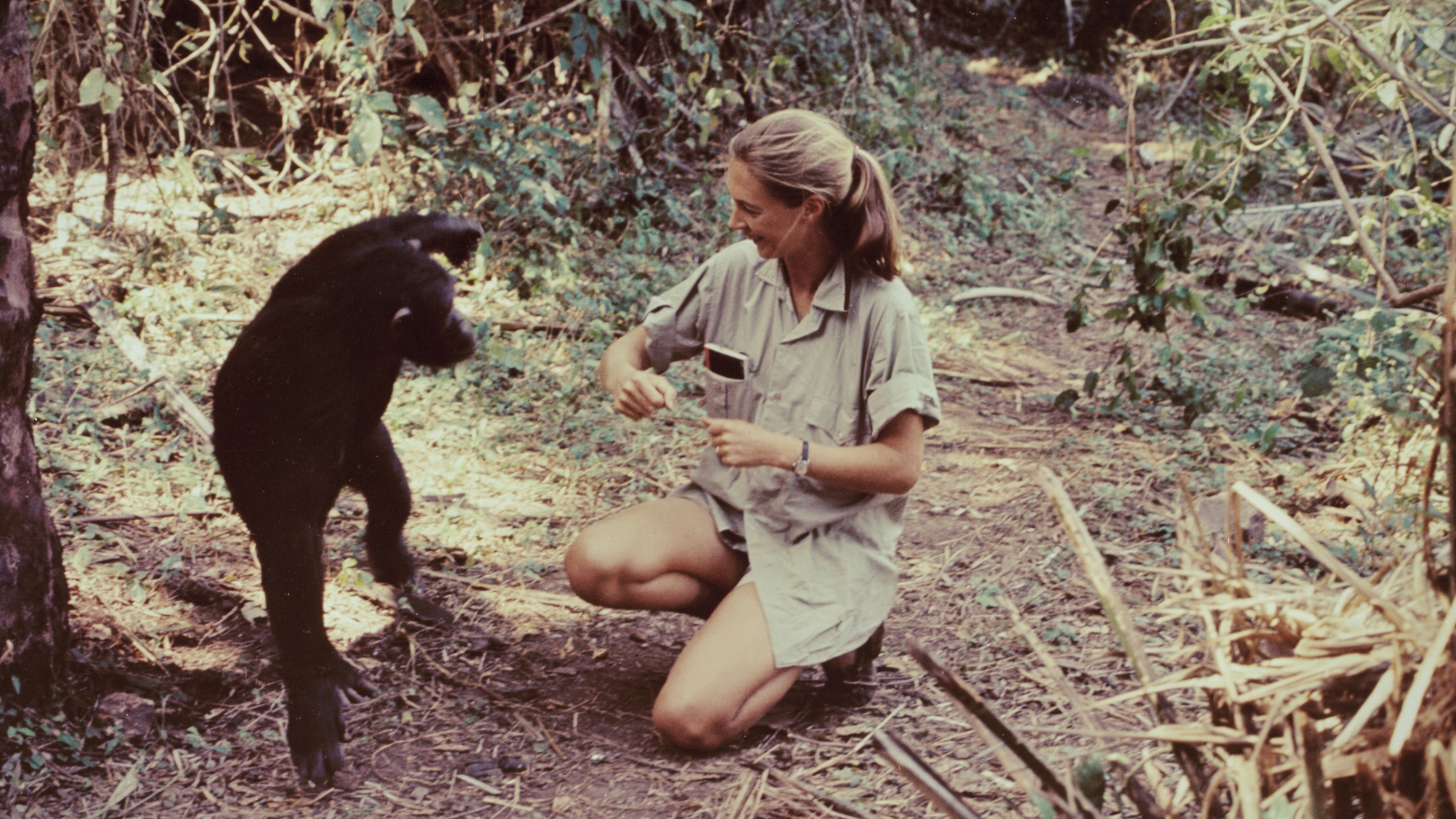 Primatologist Jane Goodall dies at 91
Primatologist Jane Goodall dies at 91Speed Read She rose to fame following her groundbreaking field research with chimpanzees
-
 Florida erases rainbow crosswalk at Pulse nightclub
Florida erases rainbow crosswalk at Pulse nightclubSpeed Read The colorful crosswalk was outside the former LGBTQ nightclub where 49 people were killed in a 2016 shooting
-
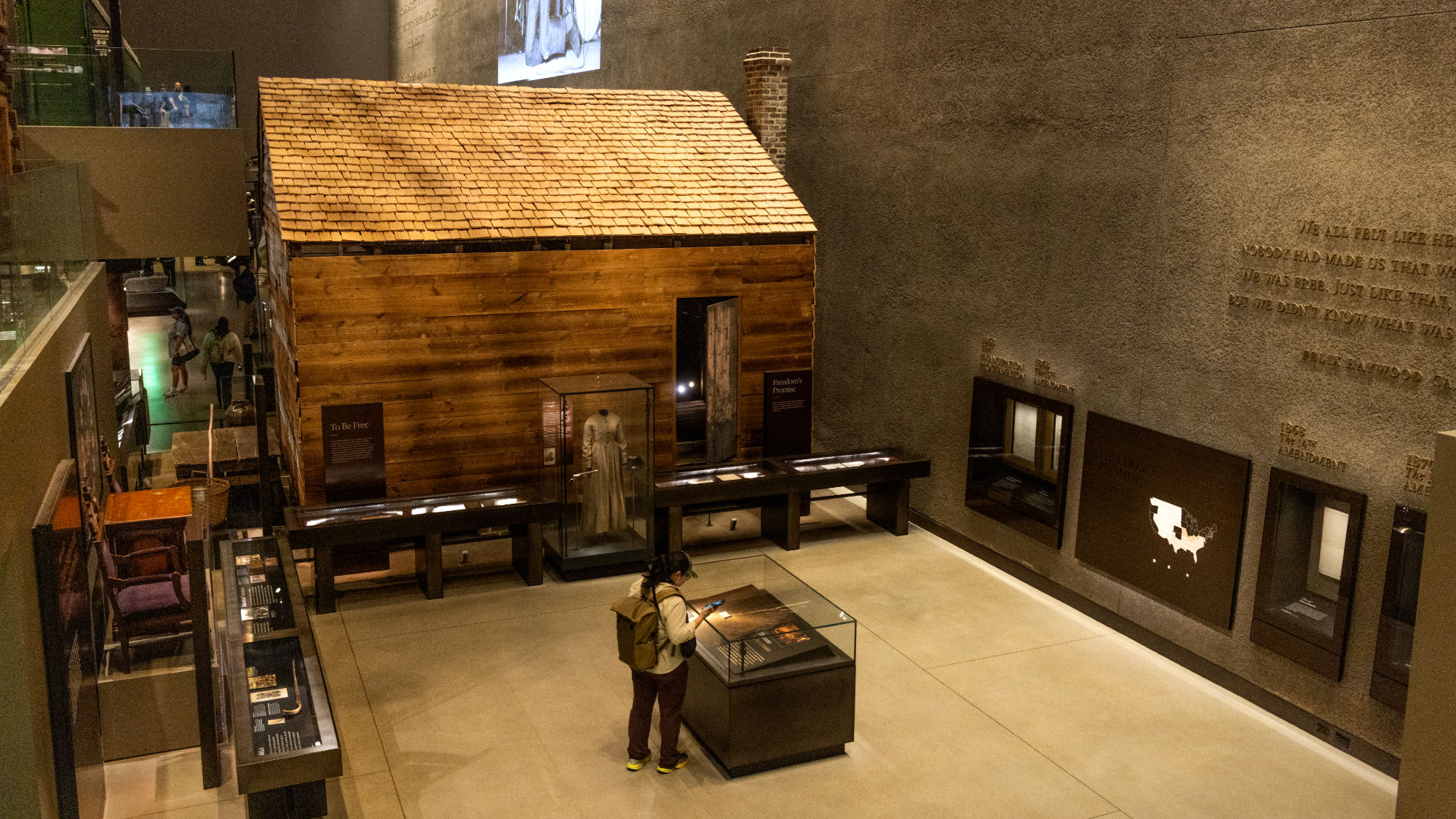 Trump says Smithsonian too focused on slavery's ills
Trump says Smithsonian too focused on slavery's illsSpeed Read The president would prefer the museum to highlight 'success,' 'brightness' and 'the future'
-
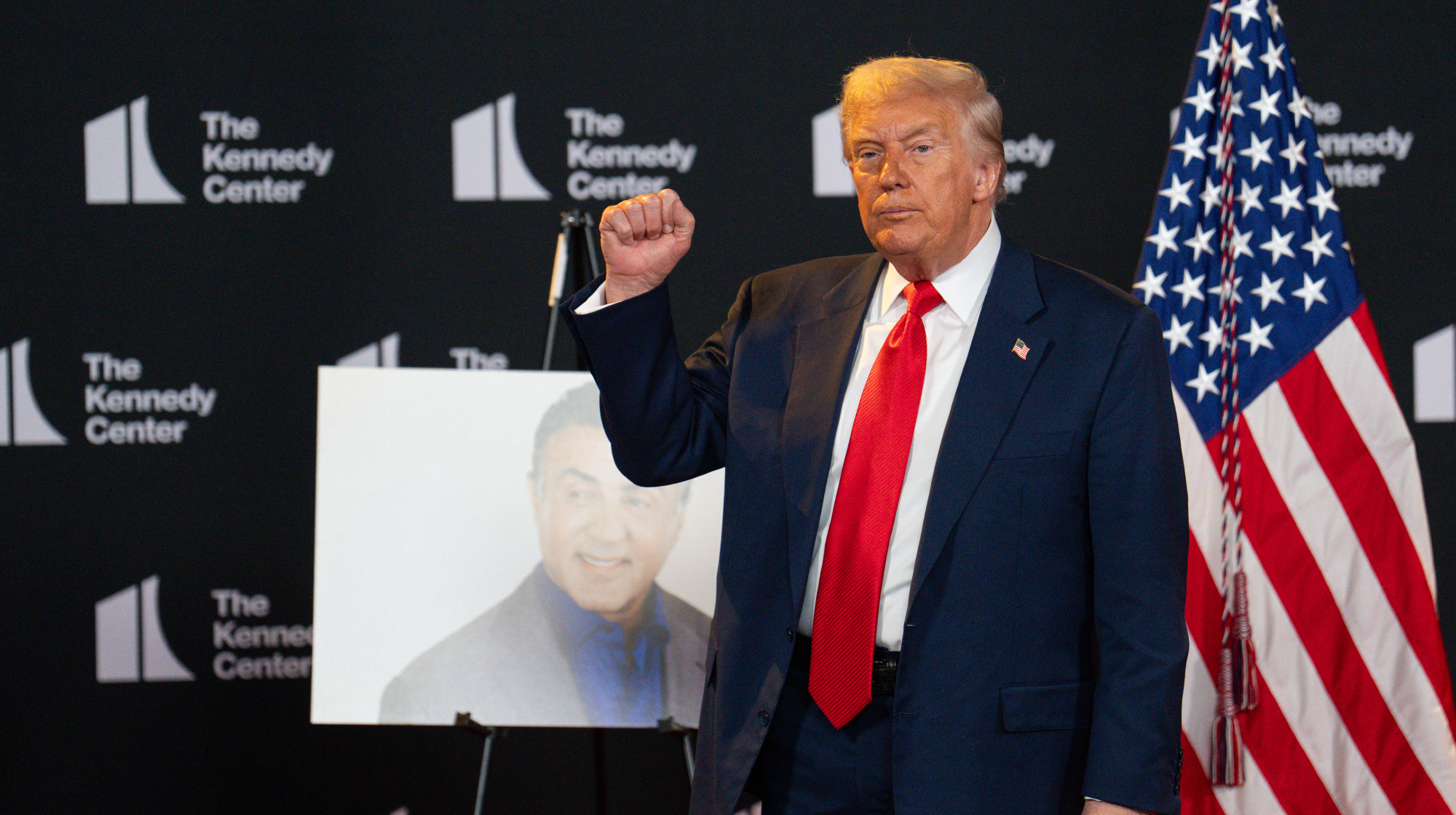 Trump to host Kennedy Honors for Kiss, Stallone
Trump to host Kennedy Honors for Kiss, StalloneSpeed Read Actor Sylvester Stallone and the glam-rock band Kiss were among those named as this year's inductees
